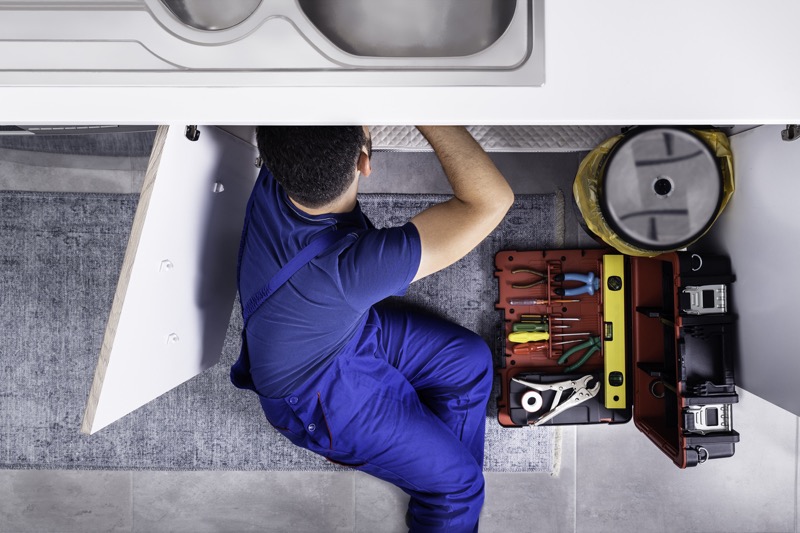Two of the most valuable tools in any homeowner’s toolkit match what plumbers typically need in their own equipment supply. They are plumber’s putty and silicone caulking. While a plumber knows when and where to use each of these materials, it can feel confusing for the layman. So, we asked the pros of calgaryplumberanddrains.com for some insights and advice for knowing when to use plumber’s putty and when to use silicone, or you can also call plumbers in Midwest City.
Plumber’s Putty vs. Silicone
Bathrooms can easily experience breakdowns or problems like any other part of your home. The most common bathroom issues relate to sink, toilet, bathtub or shower fittings. These eventually wear out or just break. But fixing these problems is not really complex. You just need to know when to use plumber’s putty and when to use silicone caulk.
Both putty and silicone can fix many plumbing issues. But they are very different products and provide their own unique benefits, drawbacks and proper applications.
Bear in mind that professional plumbers charge a lot because their work requires experience and elbow grease. Plumbing repairs are not necessarily easy. They also know which products and tools to use for each type of problem. But the uses for putty and silicone are easier than some of the bigger jobs that plumbing professionals must fulfill.
Both putty and silicone are compounds designed to keep plumbing parts together. They can prevent leaks, repair leaks and seal components like pipes and connections. In fact, most plumbing jobs involve the use of one of these products. That is why you should keep your own putty and silicone in your home DIY plumbing toolkit.
So, whether you need to unblock a drain and seal it up later on or any other plumbing project, it’s important to know the difference between a plumber’s putty and a silicone. Learn more about their details below.

About Plumber’s Putty
Plumber’s putty is a sealing compound that creates watertight connections between plumbing components, such as drains and faucets. It seals connections and ensures they stay tight for years. In part, because it is not an adhesive, putty remains soft over time, not hardening. You can easily remove it from your plumbing components when needed.
Being soft makes it pliable and easy to work with, especially since it does not require time for drying or curing. Although it does not harden or stick to surfaces, it can still prevent water leaks, keep plumbing components together and provide the tight joining of two parts that you need.
Use plumber’s putty on parts like sink strainers, fitting undersides and pop-up drains, particularly in areas where it is not visible.
How To Apply Plumber’s Putty
Below are the steps on how to apply plumber’s putty:
- Clean The Area: You need to clean and dry the area where you’ll apply the plumber’s putty. The plumber’s putty won’t stick well to a dirty and wet area.
- Warm The Putty: First, you need to warm the plumber’s putty in your hands because it’s cold and hard when you first bring it out of the can. Grab a handful of putty and then roll it into a ball, rubbing it between your palms firmly and quickly until you’re able to stretch it easily.
- Stretch: Once the putty is warm, you can stretch it into a long, slim shape until it’s long enough to cover your project area.
- Disassemble Parts: If you’re using a plumber’s putty to repair a leak, you’ll need to disassemble some parts to access the area. In the loo, you need to loosen the bolts and remove the bowl. For drains, remove the nuts and then push up the drain.
- Apply The Putty: Spread the plumber’s putty around the surface, such as the drain of the sink. You need to wrap the plumber’s putty around the area, and don’t leave gaps. Press the plumber’s putty into place using your fingertips to apply pressure.
About Silicone Caulk
Silicone caulking is like putty in that it is a compound used to keep things watertight for many years. But silicone caulk hardens. This is the primary difference from plumber’s putty. It can be extremely difficult to remove this material from surfaces once it hardens.
Obviously, with this hardening factor, silicone forms an enduring seal. It connects fittings securely and permanently to prevent leaks and other part separ















